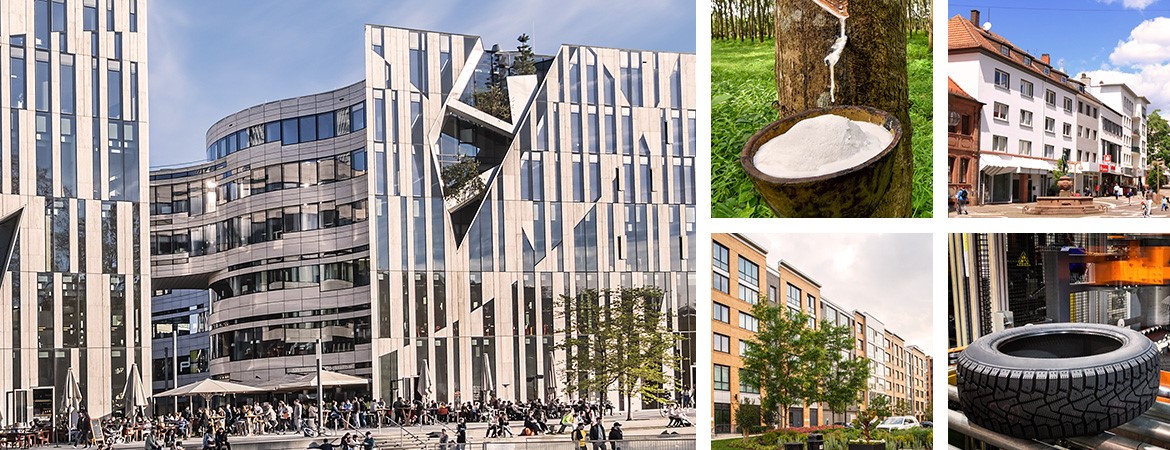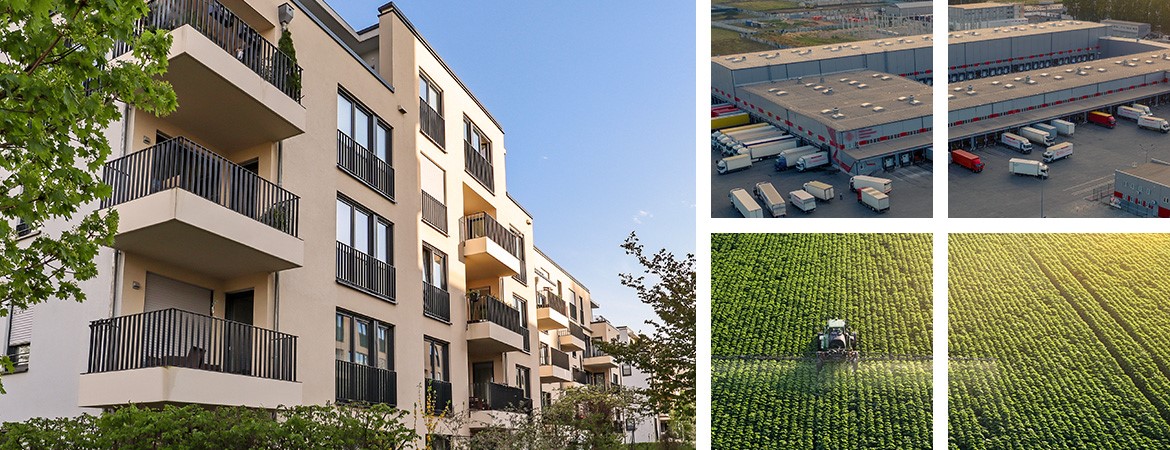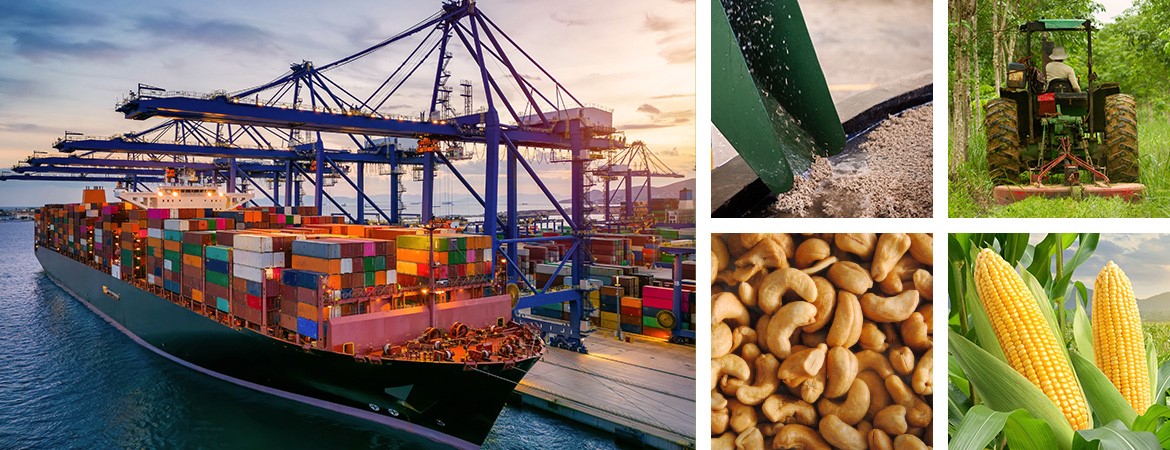








| Ivory Coast | |
|---|---|
| Official name | Côte d'Ivoire |
| Area | 322,463 km² (Germany: 357,000 km²) |
|
Population |
26 million (North Rhine-Westphalia: roughly 17 million, Germany: 83 million)) |
| Official language | French |
| Economic center | Abidjan |
| Capital city | Yamoussoukro |
| President | Alassane Ouattara |
| GDR per inhabitant | 1,500 USD (Germany: 45,000 USD) |
| Religion | 42% Muslim, 32% Christian |
| Climate |
mostly tropical-subtropical |
The Ivory Coast in West Africa is quite flat with lots of agricultural areas and extensive forests, including virgin forests. Along the 500 kilometers of Atlantic coast more and more seaside resorts are emerging.
The country has a French colonial past. Abidjan is situated on the coast and is the country’s most important economic and urban center. The official capital city is Yamoussoukro in the interior.
Close ties to the former colonial power, France, after independence in 1960, the development of cocoa production (the world’s largest), and other agricultural goods (e.g., rubber) for export as well foreign investments have made the Ivory Coast one of the wealthiest countries in West Africa. However, these facts did not protect the country from past political unrest. In December 1999, a military coup – the first in the history of the Ivory Coast – overthrew the government and resulted in an almost ten-year phase with civil war-like conditions.
In 2011, after democratic elections, not only did calm return, but the country also managed to re-establish the successful development of the time before the coup under the still incumbent President, Alassane Ouattara.
Note:
Due to its economic prosperity, the Ivory Coast is a country of immigration for people from other African countries. Around 75 percent of the migrants are Muslims.